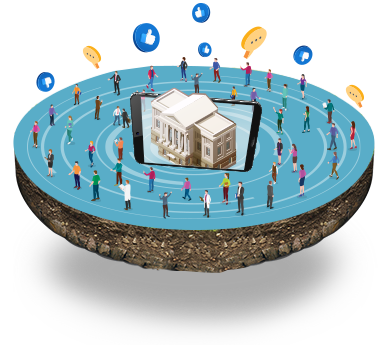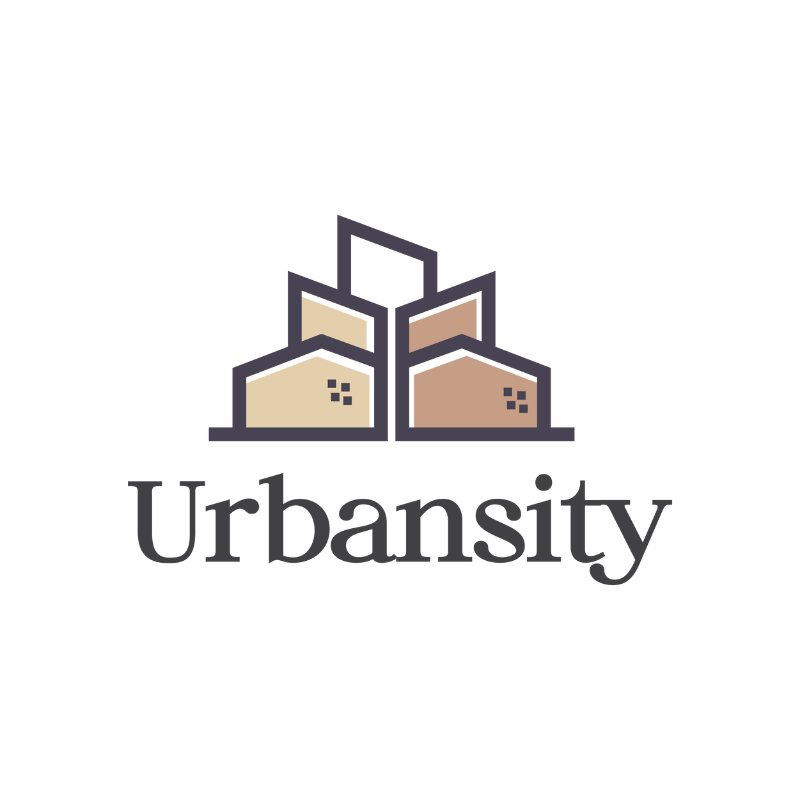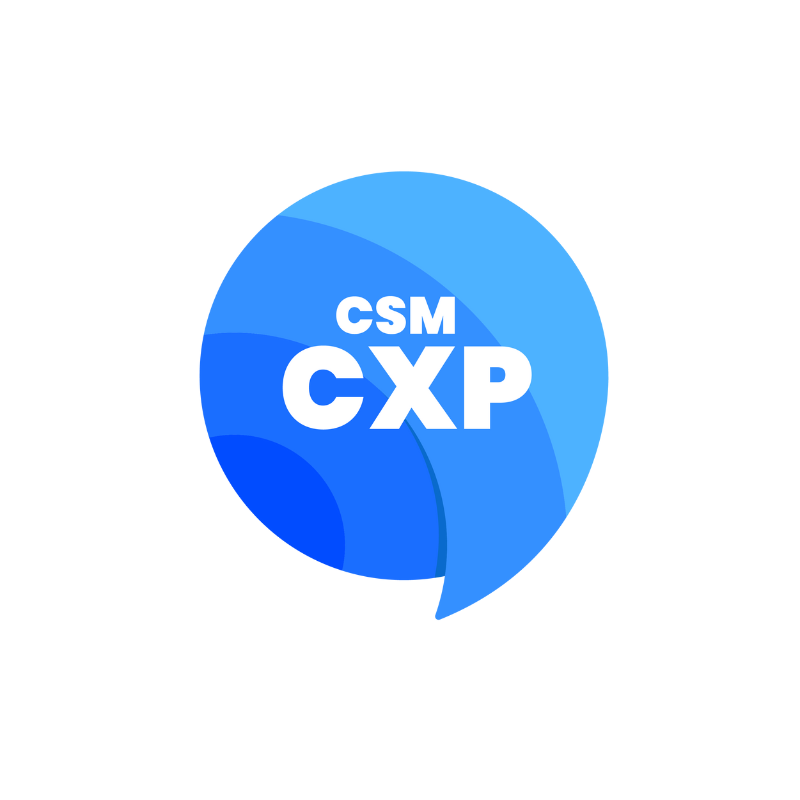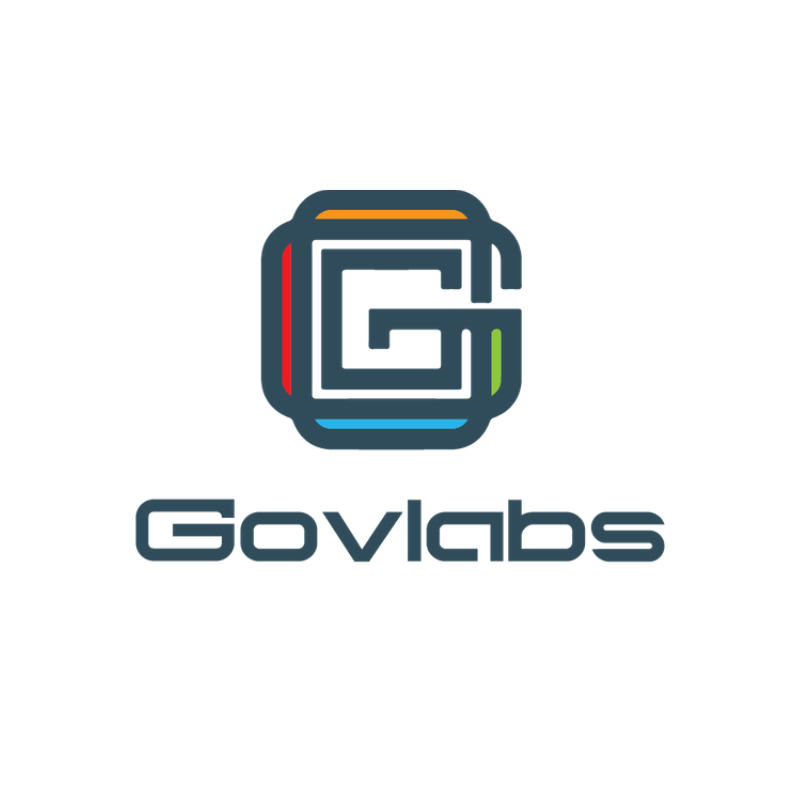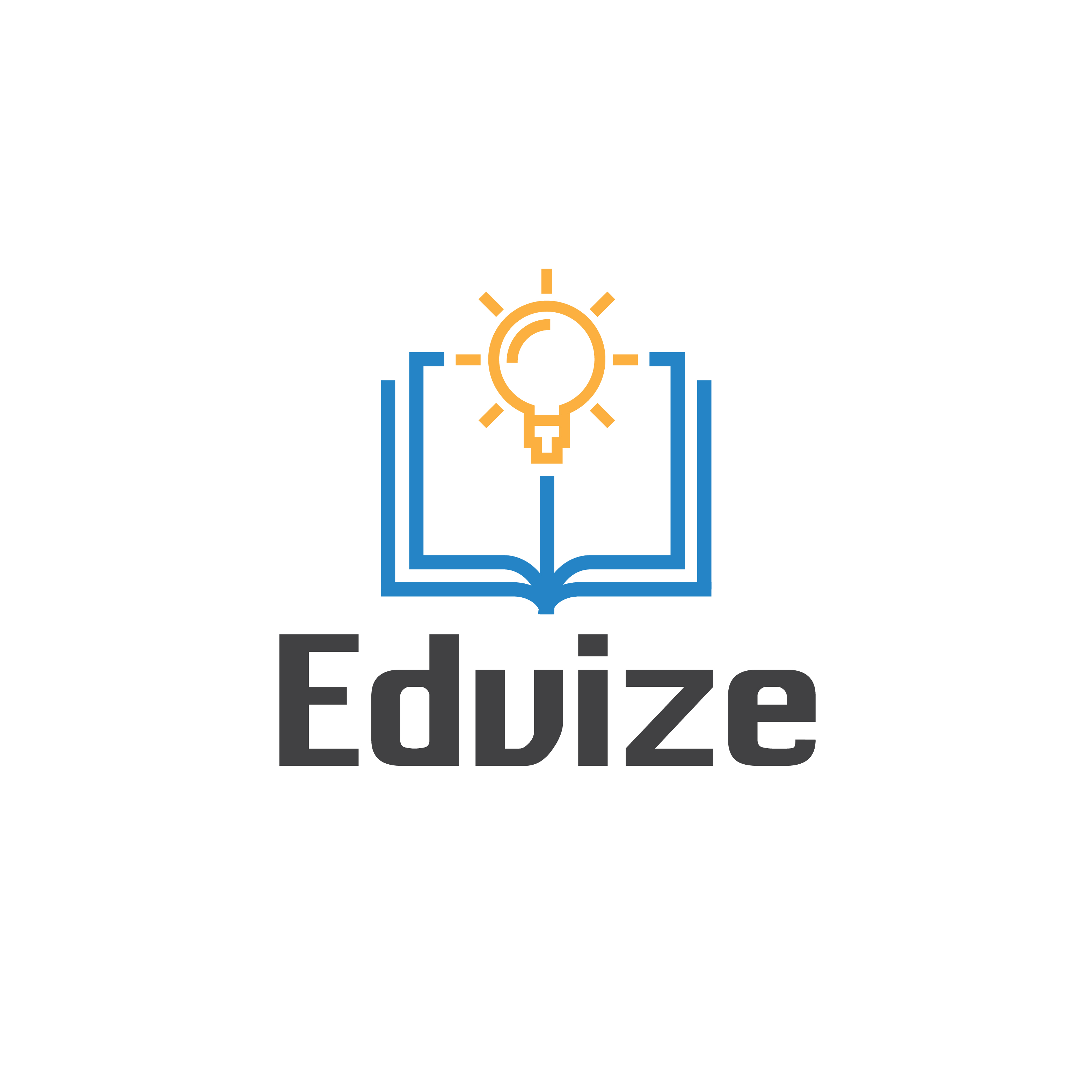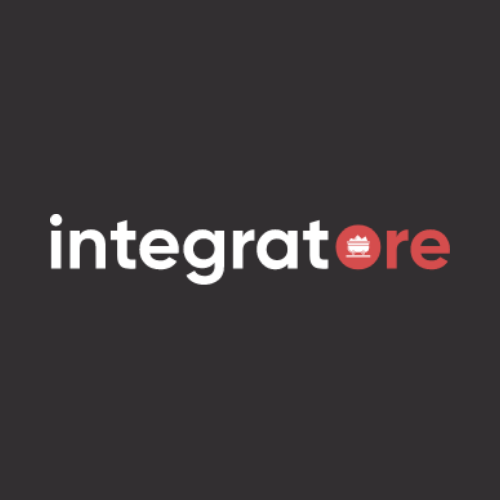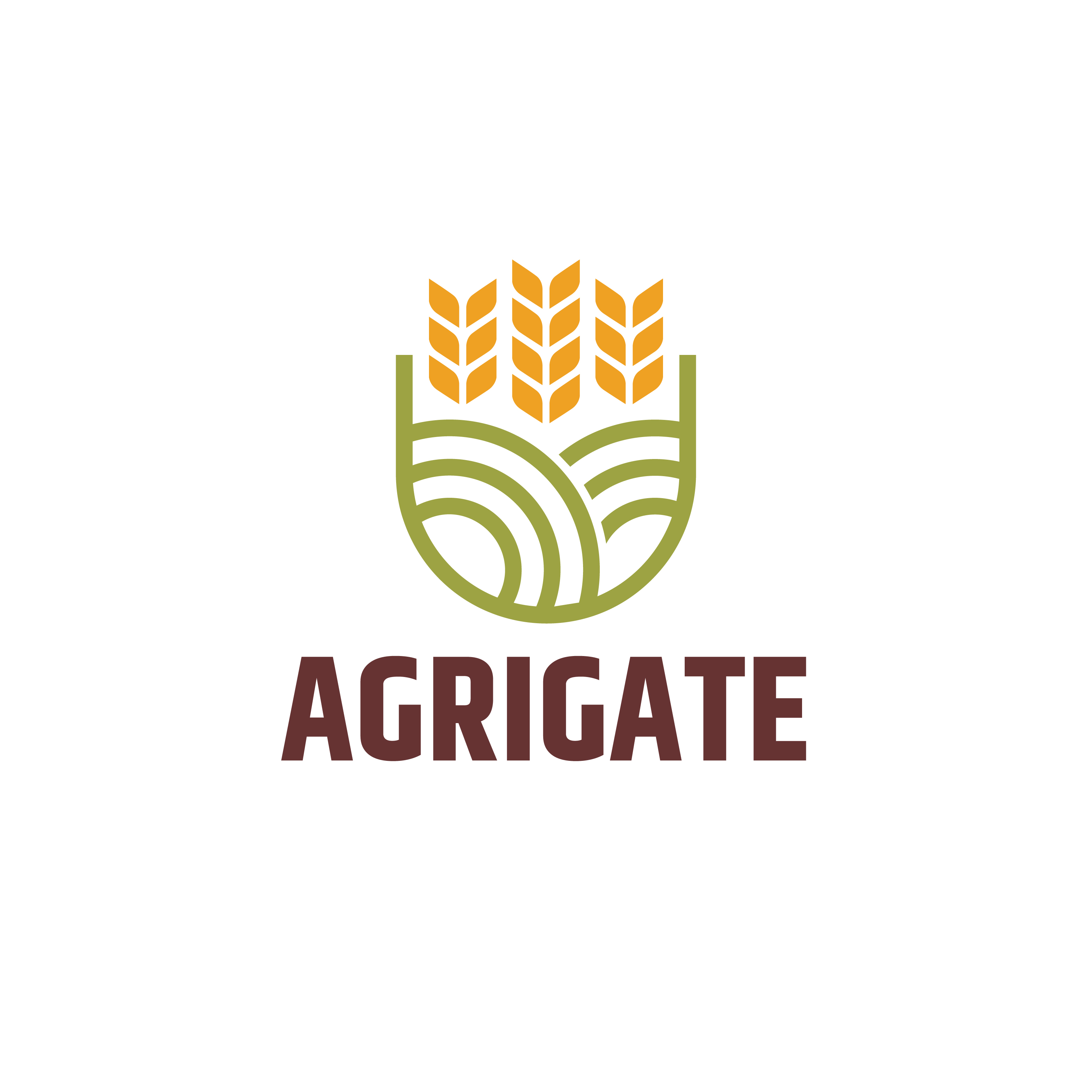Data integration is the process of combining data from multiple source systems to build unified collections of data for both functional and analytical benefits. Integration is one of the root components of the complete data management process. Its main objective is to create compact data sets that are clean, uniform, and satisfy the information requirements of various end users in a company. This process is one of the primary elements in the overall data management method. It is employed with rising frequency as big data integration and the requirement to share existing data continue to grow. Companies will spend $57 billion this year on big data technology for data integration. If we consider all the globally existing data about 70% of the world’s data is user-generated. By 2023 majority of companies will have their data kept in a public cloud data warehouse, like Snowflake, Amazon Redshift, and Google Big Query.
Data integration architects design these software programs and their platforms with an automated data integration process for linking and routing data from source to target systems. Generally, developers use Structured Query Language (SQL) to code a data integration system by hand. There are many data integration toolkits from various IT vendors, that streamline, automate, and document the growth process. Let’s know about the Data Integration Processes stated below.
ELT & ETL:
ELT (extract, load, transform) and ETL (extract, transform, load) move raw data from an original system to a target database, such as a data lake or data warehouse. These two processes help in transferring the data sources in multiple repositories or legacy systems to a target data location.
In ELT, the undeveloped data is extracted from a source system and loaded onto a target system to transform later when needed. ELT leverages data warehousing to perform basic data transformations, such as data verification or deduplication of data. These methods are corrected in real-time and used for large amounts of raw data. ELT is a newer process that has not reached its full potential compared to ETL. With ETL, the unstructured data is extracted from a source system, and specific data points and potential “keys” are identified before loading data into the target systems. In a traditional ETL scenario, the source data is extracted to a staging area and transferred into the target system. This data experiences a modification method that manages and cleans all data types in the staging area. Just have a look on the DI Challenges below.
Challenges:
Handling various data sources and twisting them into a unified whole within a single system is a technical challenge for data integration. As more companies create data integration solutions, they are demanded to make pre-built methods for moving data where it requires to go always. While this provides time and cost savings in the short term, execution can be restricted by multiple barriers. The listed challenges are written below:
- Data from Legacy Systems: Integration measures may require to contain data stored in legacy systems.
- Data from Newer Business Demands: Computing how to adapt your data integration infrastructure fast to encounter the needs of integrating all these data becomes difficult for your business to win.
- External Data: Data taken in from external sources may not be delivered at the exact level of detail as internal sources, making it challenging to study with the same rigor. Also, agreements in place with external vendors may make it tough to transfer data across the organization.
- Keeping up: Once an integration system is up and operating, the task isn’t done. It becomes incumbent upon the data team to keep data integration measures on par with best practices, and the latest orders from the organization and regulatory agencies.
Benefits
- Data Integration provides better collaboration and deployment of data.
- Real-time integrated data is available
- In the integration process, we can get data from multiple distributed sources
- Data Integration helps in achieving better partnerships and customer relationships
- It saves time, boosts efficiency, and reduces errors in integrating data
- This helps in making excellent business decisions
- Data integration offers Adaptability, Reliability, and Reusability, which are the key benefits.
Used Cases on Data Integration by CSM:
Mining:
CSM has developed a DLMS (Digital Logistics Management System) dashboard in JSW mines by the help of ETL as the Permit data is captured from the permit management system (i3MS or similar system for permit management) and Permit assignment to transporter and tagging with trip and route details (optional in case of non-miners).
Social Registry:
CSM implemented SPDP (Social Protection Delivery Platform) in Odisha, Janadhar in Rajasthan and SRIS (Social Registry Information System) in Gambia with the help of Data integration where the master data of public is extracted from different departments and sent for the deduplication. Then, the source data is transformed to the target system called Golden Records.
AgriGate:
In the AgriGate domain offering, CSM imposed data integration in paddy analytics for the CropOne solution, where three data sets (Farmer registration data, Land details & Satellite Data) is extracted and transferred for survey then the verified data is then matched with the farmer details and token is generated for paddy procurement through PPAS (Paddy Procurement Automation System).
State Dashboard:
In J&K UT Dashboard and Odisha State Dashboard, CSM has expertise in data integration using ETL to pull multiple source data and work on the transformation required as per the KPI (Key Performance Indicator) displaying analytics for the dashboard.
Covid Dashboard uses the ETL where the data analytics is done for providing vital information relating to the spread of the pandemic for effective decision making. The data integration of affected, recovered, and death rate is extracted, transformed and loaded for the dashboard. The pandemic response tech stack captures data across all points of user journey and gives insights that serve as a single version of truth to the entire state machinery. In such unpredictable times, this solution truly enables evidence based policy making by administrators to remain one step ahead in the fight against the pandemic.










